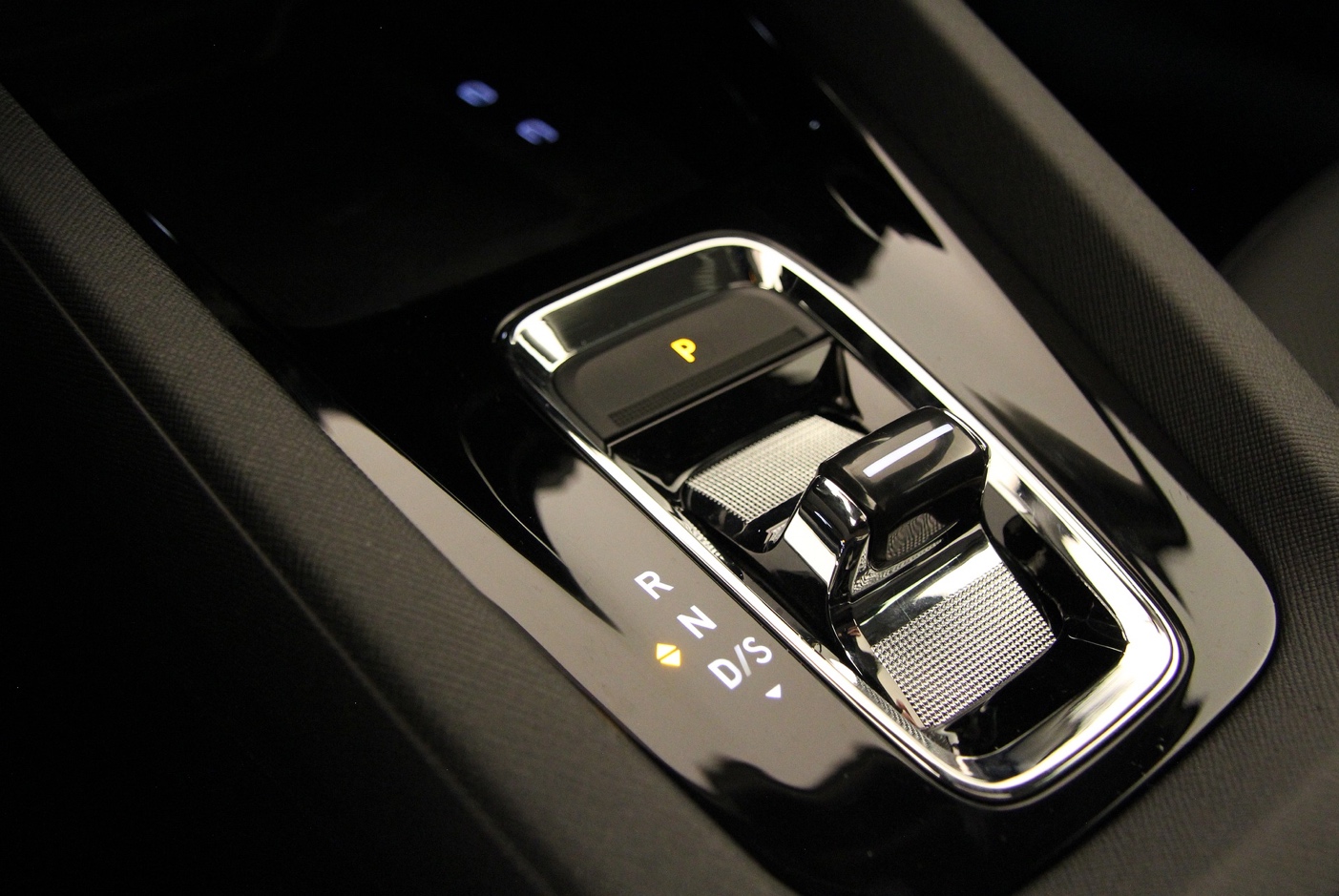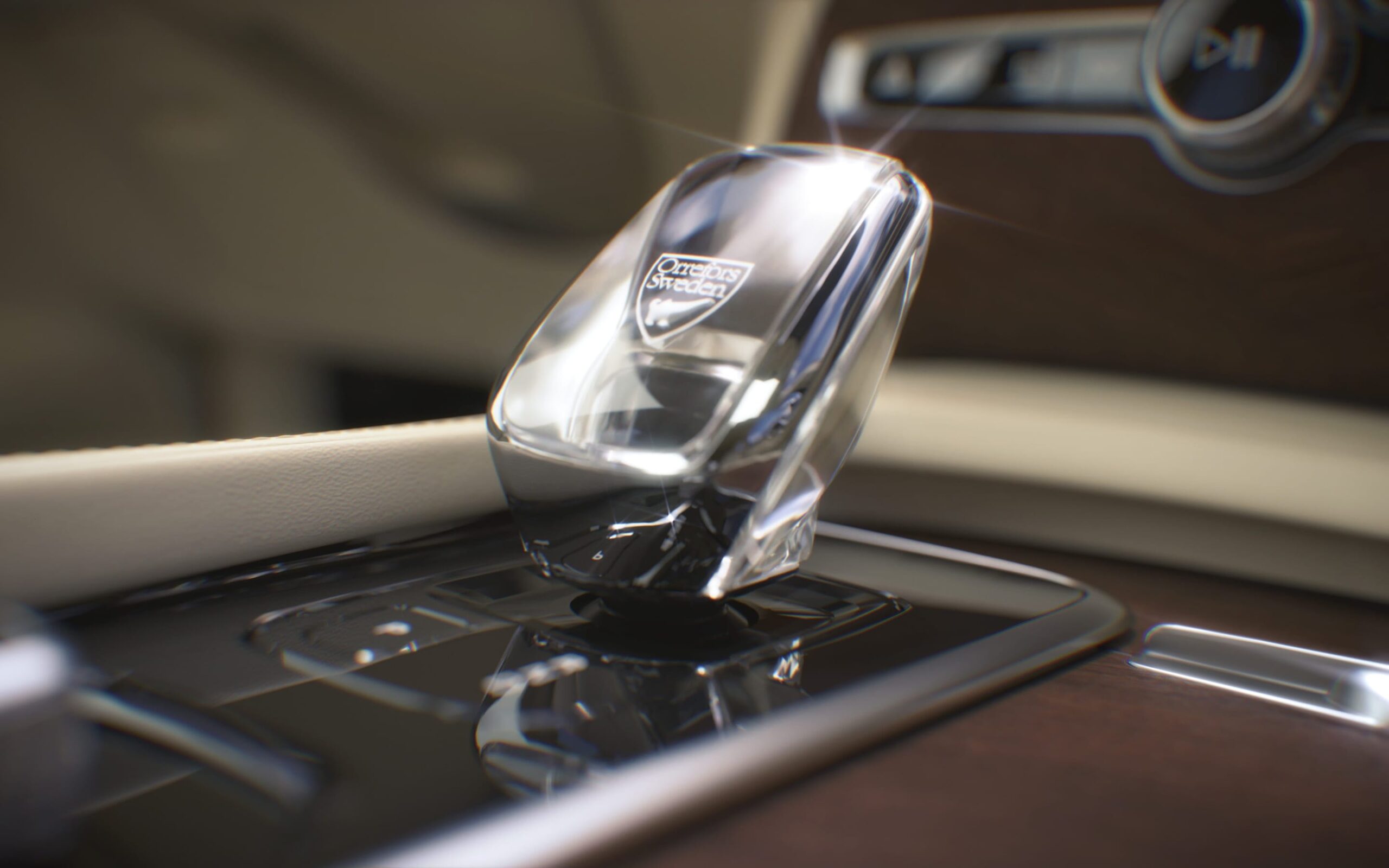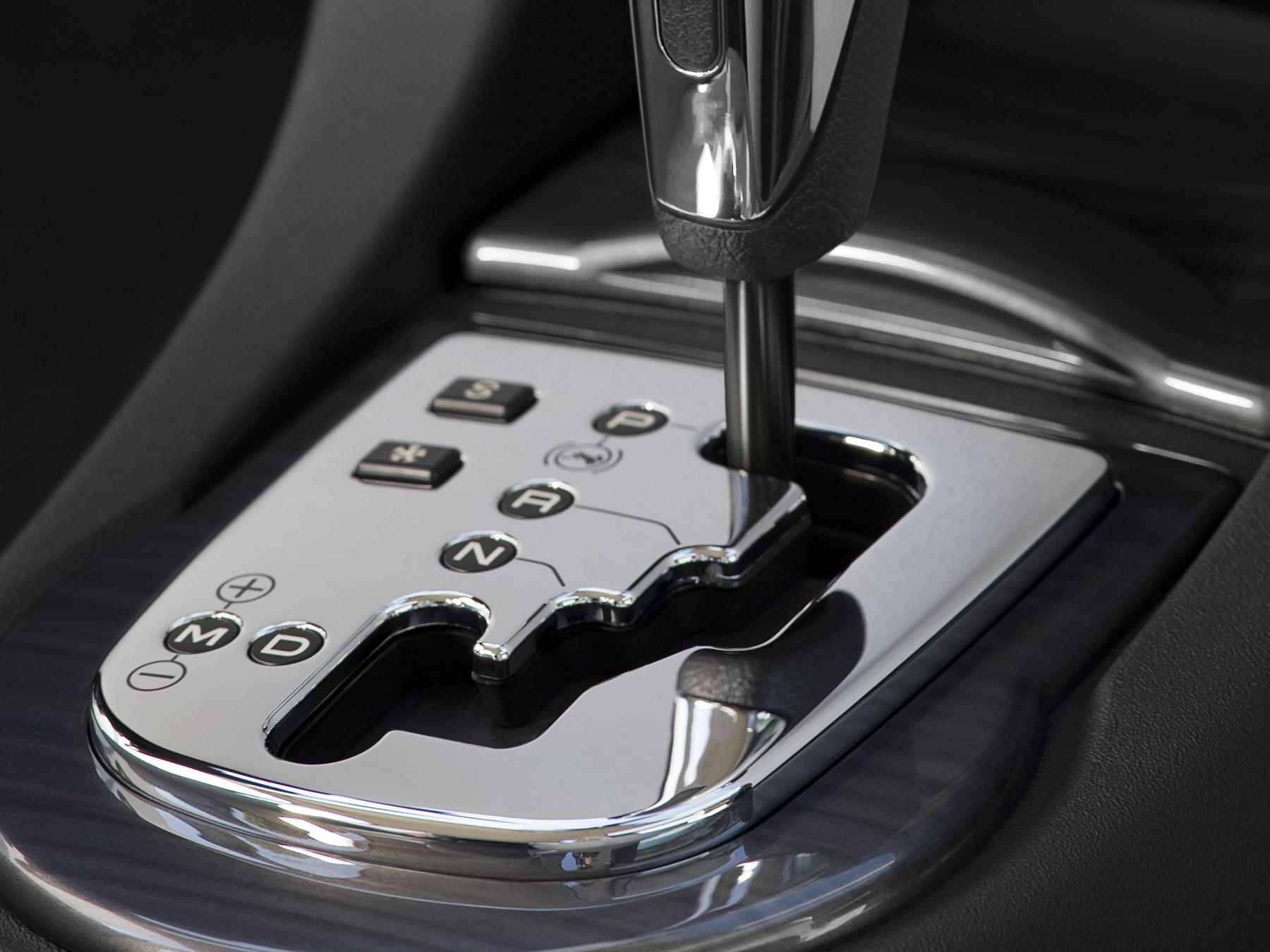Have you ever given deep thought to the significance of the symbol I on gear shift? Please read our article to find out more about the I gear in cars and how to take a step further to utilizing it.
What Does “I” Letter mean on Gear Shift?
Before providing an answer to this question, it would be nice to clear some misconceptions. Certain myths surround the discussion of manual and automatic transmissions; let’s take a quick look at some of them.
- Cost: Many people think that an automatic transmission vehicle is more pricey than a manual one.
Of course, this notion is not entirely true. A few vehicle models from the popular General motors brand have cars that go for a higher price. If you are a car enthusiast, you should know that the price of a car is determined by a lot more than its transmission system.
- Off-road driving: A few people believe that automatic transmissions cannot navigate through off-road terrains as much as the manual. This myth is false. The choice of any of the transmission systems depends on your preference and the application of the right gear. However, when it comes down to off-road racing and shifting gears in a swift manner, automatic transmission cars are better off.
How does an automatic transmission operate?

Before now, a Hydraulic control system controlled the changing of gears in an automatic transmission. This system served as a pathway to regulate the constant flow of transmission fluid under pressure. You may ask why? The constant fluid under pressure by an oil pump serves three purposes; Lubrication, cooling and shift control. However, with newer automatic transmission models, both hydraulic and electronic controls are incorporated. When the engine is not in use, the transmission lacks the oil pressure to operate and poses difficulty to push-starting the vehicle.
In a manual transmission system, the driver changes gear by pushing on the clutch pedal, whereas; a torque converter handles that of an automatic mathematically. The latter decreases and increases gear effortlessly and transmit torque through a network of bands and clutches know as the Planetary gear train.
Proper care for an automatic transmission
There are several necessary steps that should be taken regularly to prevent transmission failure in cars. Transmission failure can be very costly depending on the model of the car you own and the age of the car. It is better to avoid any form of damage at all. Below are a few steps to be taken to ensure a long durability of automatic transmission:
Periodic checks of the transmission fluid.
Checking the transmission fluid for many vehicles is almost as easy as an oil check. All one must do, is to remove the dipstick while the engine idles, wipe with a rag, insert it back in, wait a little while and then pull it out again. The transmission fluid must be a bright, clear red color and must have a pleasant smell. If it is cloudy, dark colored or smells offensive, it is imperative to call a transmission specialist
Using the appropriate kind of transmission fluid.
It is important to use the correct type of transmission fluid for one’s automobile. One can always consult the owner’s manual to find the correct specifications.
Regular change of transmission fluid.
The durability of your cars transmission fluid is dependent on various factors not limited to the amount of driving done and the temperature of the environment the car is driven. Drivers are however encouraged, to change their transmission fluid at least annually. This of course, should be handled by a transmission specialist.
Changing gears while on motion.
Individuals have been advised to always bring their vehicles to a complete halt before switching gears from ‘reverse’ to ‘drive’ and the other way round. This is to avoid putting unnecessary strain on the transmission.
Engine warm up.
Many drivers are guilty of just driving off immediately they ignite their car engines. It is advisable to allow the engine to idle a little bit after ignition. This allows the proper circulation of fuel and also transmission fluid.
Regular checkup.
Whether or not your car is showing signs of breakdown, always carry a regular inspection from time to time. From the engines to all the body part, inspect them thoroughly. Always be willing to seek specialist help where necessary.

Common questions about automatic transmission
Question: What does I stand for on a gear shift?
Answer: Simply put, intermediate gear.
Question: How regularly should my automatic transmission vehicle be serviced?
Answer: Every 60,000 to 100,000 miles. This is the general rule. Irregular servicing of transmission will reduce its lifespan and gears such as the I-car gear will struggle to work.
Question: How can I tell that my transmission is malfunctioning?
Answer: There are numerous signs that how that your cars automatic transmission is failing. These include slipping transmissions, rough shifts, delayed engagement, and leaking fluid. The last indicator is the check engine light symbol.
Conclusion
While most might prefer manual as it gives them that feeling of more control over their cars, there is no denying that easier to use and more comfortable for the driver. At the end of the day, the choice is yours. So guys, this is our answer to the question plaguing our readers, “What does the I on the car gear shift mean?” Despite being rarely used, the intermediate gear is an important part of our car gear system.




